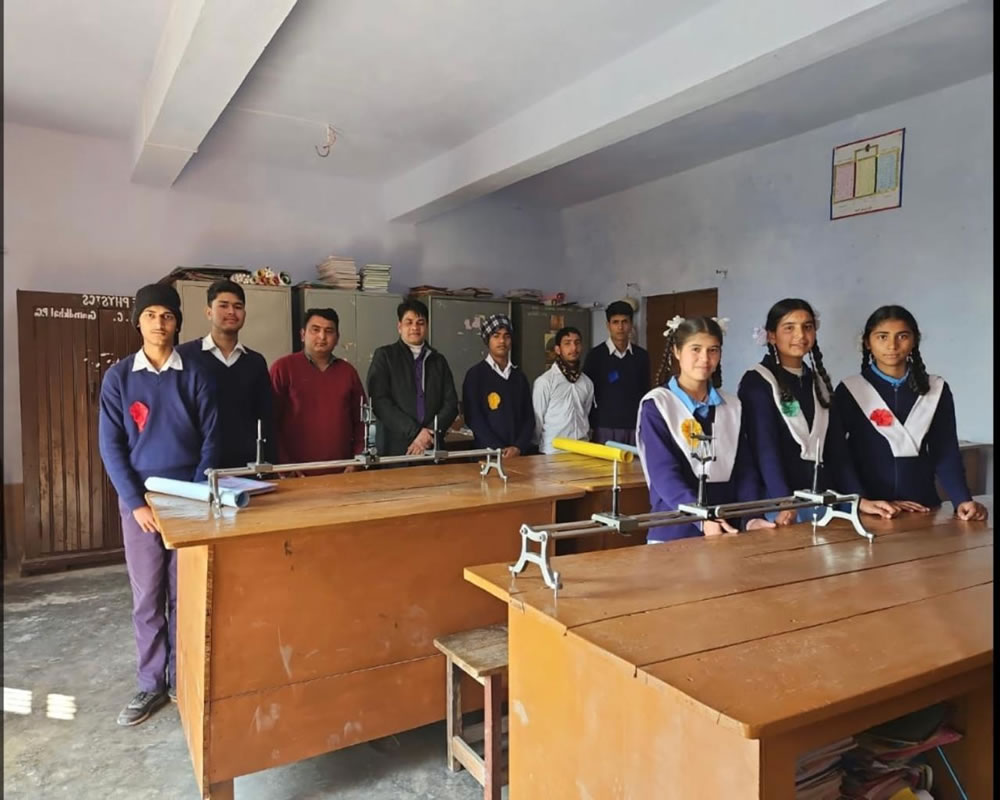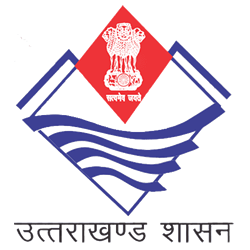A Science Laboratory is an essential part of modern education, especially in schools that aim to provide quality learning in subjects like Physics, Chemistry, and Biology. It serves as a practical learning environment where theoretical knowledge from textbooks is reinforced through hands-on experiments, observations, and real-life applications. In a well-equipped science lab, students learn by doing. They perform experiments, analyze data, and develop critical thinking and problem-solving skills. This not only deepens their understanding of scientific concepts but also helps in developing a scientific attitude, curiosity, and innovation. A typical school science lab is furnished with laboratory tables, microscopes, test tubes, beakers, chemical reagents, models, charts, and safety equipment like gloves and goggles. It is managed by a trained science teacher or lab assistant who ensures safety, accuracy, and proper use of equipment.
Apart from regular curriculum experiments, science labs also encourage students to take part in activities like science exhibitions, model-making, and research projects. The introduction of smart labs and digital tools in many schools has further enhanced the interactive learning experience.
Overall, a science lab is more than just a room with equipment—it is a dynamic space that inspires students to explore, question, and discover, making science both engaging and meaningful.

